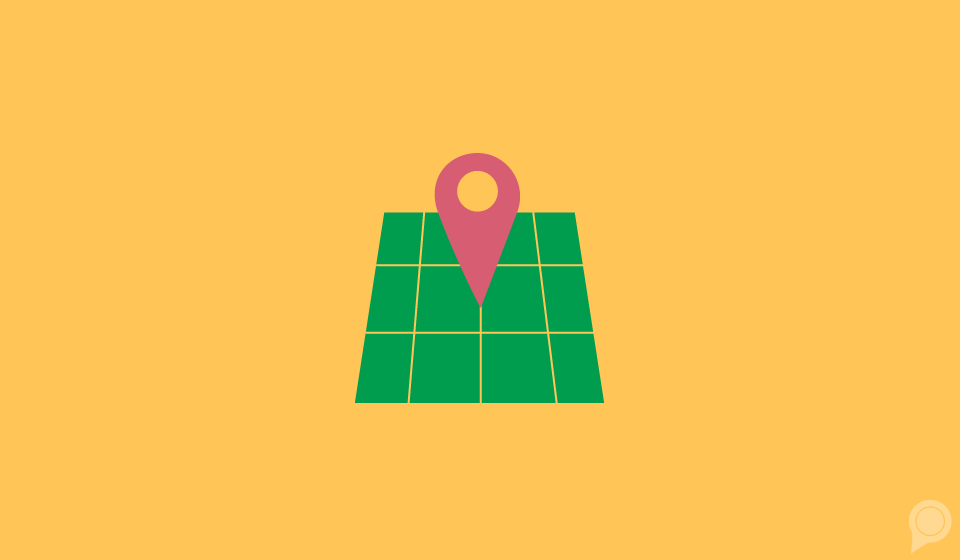

Service area businesses require some unique approaches to digital marketing, especially when it comes to something as fundamental as local search.
In this blog, we will dive into things that make service area businesses unique. But first, let me explain what a service area business is and give some examples.
A service area business is a business that does not have a storefront for customers to visit. Instead, the business operates within a specific area (called the service area) and services customers at their location.
When you think of service area businesses, imagine roofers, HVAC technicians, plumbers, etc. In general, the contract industry includes several types of businesses that have service areas.
Now that we have that out of the way, let's jump into the real reason you're reading this blog.
Population Density and Physical Traffic
First, unlike brick and mortar business locations, a company that operates as a service area doesn’t typically reap the benefits of foot traffic or vehicle traffic.
This is because most service area businesses are operated in sparsely trafficked or populated areas, or they are based out of the business owner’s home.
It is very rare for a service area business to operate out of a building or office space that benefits from the foot and vehicle traffic in the area.
Despite being historically unaffected by physical traffic, service area businesses are still subject to population density concerns, coupled with their proximity to the bulk of their service area.
Because the sphere of influence in local search is limited from a geographic standpoint, the more sparsely populated the area around the business, the less they will show up in local searches.
This is where we start to experience more specific challenges that services area businesses need to prepare for.
Many service area businesses choose to set up their offices in areas with low population density, low traffic and low rent so they can save money. To combat being further from their customers, a lot of service area businesses have tried to say that they have a large service area and hope that helps their rankings.
Unfortunately, that’s not how local search works. It is all about location.
Your business’s address in proximity to the searcher is still one of the most important, if not THE most important ranking factors for local search.
If your HVAC company wants to be found in Columbus, you need to have an office as close to Columbus as possible.
There is no legitimate way around this key element of local search. No matter what you set as your service area, the only way to be competitive in Columbus from a local search perspective is to be there.
How Customers View Your Business Online
The next unique part of a service area business is the type of visibility they will get compared to their brick and mortar counterparts.
Within Google My Business Insights, there are two main types of views: Search and Maps.
Search views are when a user sees your business in their initial search results. A Maps view is when your business is seen within either the Google Maps app or when the user is viewing more results from a local search.
The difference between these two types of views is very important.
Typically, we see Search views being significantly higher than Maps views for service area businesses with hidden addresses. This is because Google and other platforms with interactive maps listings prefer to show businesses with physical locations that a user can navigate to.
That’s not to say service area businesses with a hidden address never show on maps, but they are not viewed to be as relevant.
User behavior shows that someone using Maps wants to navigate somewhere, so Google will provide them those options first (usually).
Function and Look
The final difference between a service area business and a brick and mortar business is what the listing will look like.
A brick and mortar location with an office or storefront will show the address as part of the business information, along with hours, phone number and links to both your website and navigation.
A service area listing will not include all of that information and only show your hours, phone number and website. This tells the user that they are not able to visit an office or storefront. They will also likely see a map highlighting your service area (if your profile has been set up correctly), so they know where you’re able to perform work.
The difference in the back end of the listing is significant as well.
Under the location section, you will see “No location; deliveries and home services only.” This indicates your address is not published and visible to the public.
You will also see a service area list, where you can include zip codes, cities, counties, states or countries. It is best to use cities, as they more accurately display your service area within the 20 item list (the volume of zip codes can really add up).
Final Thoughts
Service area businesses face a unique set of challenges when it comes to physical traffic, their physical location and how they are seen online.
However, thanks to user behavior and flexibility of local listings to handle service area businesses, we know how to maximize your business’s local visibility and encourage users to interact (call) you for your services.
Adapting to the best practices and the needs of local listing sites quickly and correctly will help your business stay visible and viable.
Subscribe to our email list to get the latest digital marketing content delivered to your inbox each week!